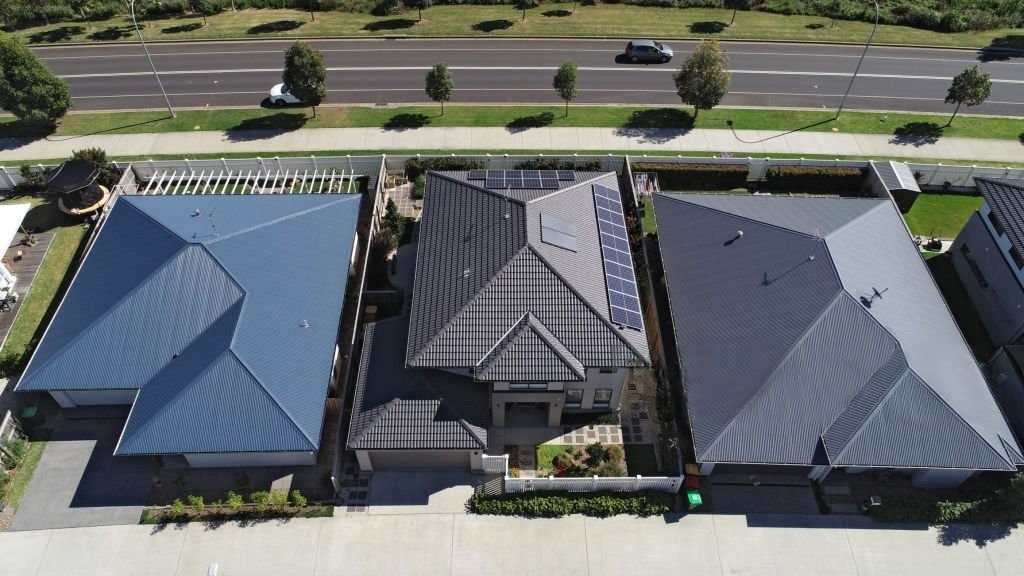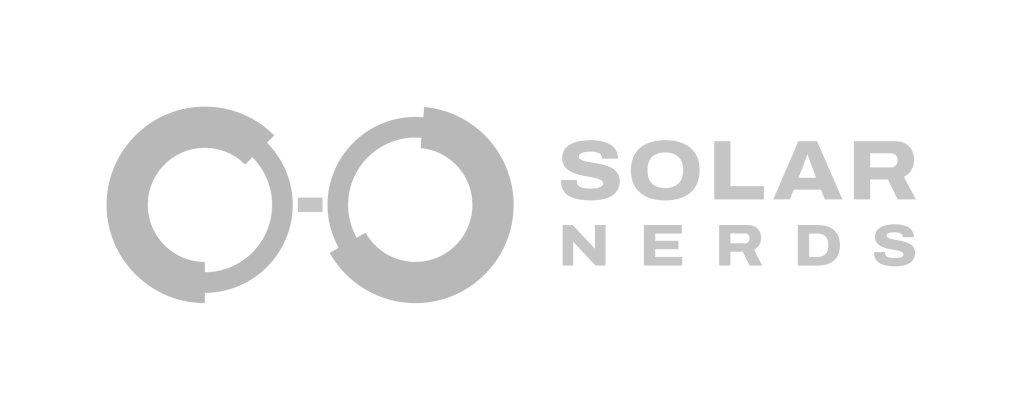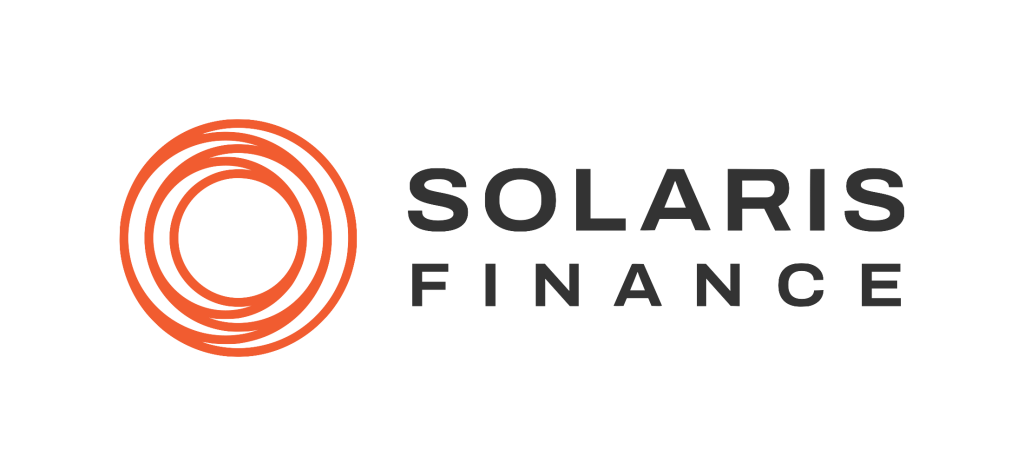Australia’s sunny climate makes solar energy a smart choice for homeowners. But before you install solar panels, it’s important to understand how your roof’s material and design can impact the installation process, performance, and maintenance of your solar system. This guide will help you navigate the key factors to consider focusing on residential applications so you can make an informed decision that optimises your investment.
Table of Contents
Roofing Materials and Their Impact on Solar Installations
Different roofing materials not only affect the look and longevity of your home but also play a crucial role in how easily solar panels can be mounted. Here’s what you need to know about common roofing materials:
Concrete Tiles

Overview:
Concrete roof tiles are a popular and cost‑effective choice across Australia. They’re available in various profiles and colours and can last 50 years or more with proper maintenance.
Impact on Solar Installation:
Mounting Considerations: Concrete tiles are heavy and must be carefully lifted and re‑laid when installing mounting brackets. Their porosity means installers should use high‑quality flashing and sealants to keep your roof watertight.
Consumer Tip: Confirm that your installer uses techniques (such as tile grinders and replacement flashing) that minimise breakage and preserve waterproofing.
Terracotta Tiles

Overview:
Terracotta tiles offer timeless curb appeal and excellent durability. Made from kiln‑fired clay, they’re dense, fade‑resistant, and provide good thermal insulation.
Impact on Solar Installation:
Fragility & Weight: Terracotta tiles can crack if stepped on incorrectly, and like concrete require tile removal and re‑laying around mounting brackets. Extra care is essential to avoid breakage.
Consumer Tip: Ask whether your installer keeps spare terracotta tiles on‑hand in case any break during installation.
Metal Roofs

Overview:
Metal roofs are increasingly popular due to their modern look, light weight, and durability. Options like Colorbond and Zincalume offer excellent energy efficiency and come with protective coatings.
Impact on Solar Installation:
- Installation Benefits: Many metal roofs, especially those with standing seams, allow for non-penetrative mounting systems (using clamps rather than drills), which reduce the risk of leaks.
- Consumer Tip: Ensure your installer is experienced with the specific type of metal on your roof so that they can choose the optimal mounting system.
Roof Types (Shapes) and Their Impact on Solar Installations
Your roof’s shape not only defines your home’s aesthetic but also influences how solar panels are installed. Here’s a breakdown of common residential roof types and what they mean for your solar system:
Flat Roofs

Overview:
Flat roofs are common in modern homes and apartment buildings. Although they appear flat, they always have a slight pitch to allow for water runoff.
Impact on Solar Installation:
- Installation Challenges: Flat roofs require engineered tilt frames to set panels at the ideal angle for energy production.
- Consumer Tip: Ask your installer about their design for tilt frames to ensure efficient water drainage and optimal sunlight capture.
Skillion Roofs

Overview:
A skillion roof is essentially a flat roof with a noticeably steep pitch. This modern design is popular in contemporary homes.
Impact on Solar Installation:
- Ideal for Solar: The continuous slope of a skillion roof makes it one of the best roof types for solar panels, as the pitch naturally aids water runoff and maximises sun exposure.
- Consumer Tip: If you have a skillion roof, you’re likely in a great position for solar simply confirm that your installer uses mounting systems tailored for such slopes.
Gabled (Peaked) Roofs

Overview:
Gabled roofs feature the classic triangular shape formed by two sloping sides that meet at a ridge, often providing extra attic space.
Impact on Solar Installation:
- Ease of Mounting: Gabled roofs generally allow for straightforward solar panel installation. However, if the roof is very steep, installers may need to adjust the panel tilt for optimal performance.
- Consumer Tip: Consider the impact of roof pitch on shading and panel orientation when planning your installation.
Hipped Roofs

Overview:
Hipped roofs have slopes on all sides that converge at a central ridge, offering excellent durability and resistance to strong winds.
Impact on Solar Installation:
- Custom Mounting Solutions: The multiple slopes of a hipped roof can require a customised mounting approach to avoid shading and to ensure panels are optimally angled.
- Consumer Tip: Request a detailed assessment from your installer to find the best way to place panels on each slope of your hipped roof.
Butterfly and Curved Roofs

Overview:
- Butterfly Roofs: These feature two roof surfaces that slope towards each other with a central gutter, offering a modern, dramatic look.
- Curved Roofs: With a smooth, rounded design, curved roofs are often found in coastal areas.
Impact on Solar Installation:
- Complexity: Both roof styles can be challenging for standard mounting systems. They often require specialised brackets to handle non-linear surfaces.
- Consumer Tip: Ensure your installer has experience with unconventional roof shapes to prevent potential installation issues.
(Brief Mentions) Other Roof Types
- Bonnet, Pyramid, and Green Roofs:
- These are less common but may be relevant depending on your location. Focus on any unique challenges they present for solar panel mounting such as limited space or extra weight.
Practical Guide: What Homeowners Should Ask and Check
Before moving forward with your solar installation, consider these questions and a quick checklist:
- Questions for Your Installer:
- Has my roof been thoroughly assessed for structural integrity?
- What mounting system is recommended for my roof type and material?
- Will any modifications (such as tile removal or reinforcement) be required, and how will these be managed?
- Homeowner Checklist:
- Roof Condition: Age, signs of wear, and maintenance history.
- Material & Shape: Know your roofing material and type, and understand any specific installation challenges.
- Shading & Orientation: Check for any potential shading issues and ensure your roof’s orientation maximises solar exposure.
- Budget & ROI: Consider the upfront cost of installation versus the long-term savings on energy bills.
Conclusion: Making the Right Choice for Your Home
Choosing the right roofing material and roof type is a critical first step in ensuring that your solar panel installation is efficient, durable, and cost-effective. Whether you have asphalt shingles, elegant tile roofs, or a modern metal roof, understanding the specific challenges and benefits of each option can help you select the best solar mounting solution for your home.
Take the time to consult with experienced solar installers who can assess your roof’s unique characteristics and guide you through the process. With the right approach, you can enjoy the benefits of solar energy while preserving the integrity and beauty of your home.




